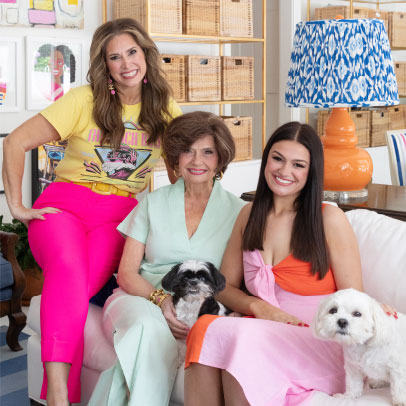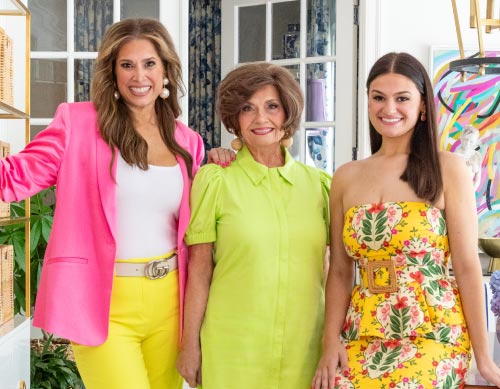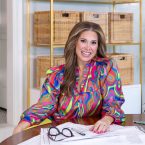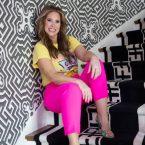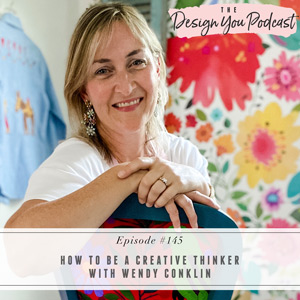
Happy New Year, friends! I’m kicking off the year in an amazing way this week! Nowadays it feels like we’ve gotten so lazy and want all of the answers just given to us, without doing any of the work. Today’s guest is a beautiful example of what it’s like to be willing to think differently, try new things, and play by your own rules.
Wendy Conklin is an award-winning author, speaker, and chair stylist with a passion for helping others live more creatively. She is a bright spirit and a spectacular creative, and she’s here today to tell us how thinking outside the box in her business enabled her to show up and serve more people while making over $200,000 in just 12 months!
Tune in this week as we hear about Wendy’s inspiring journey to entrepreneurship and the importance of being willing to take action without knowing all the steps or where you will end up. We discuss the importance of learning to think differently and why the more risks you take, the more creative you’ll become.
If you want help creating a business with thriving revenue streams so that you can design the life you really want this year, now is your chance! We’re going to be opening the doors to the Design You Coaching Program really soon, get on our waitlist now!

